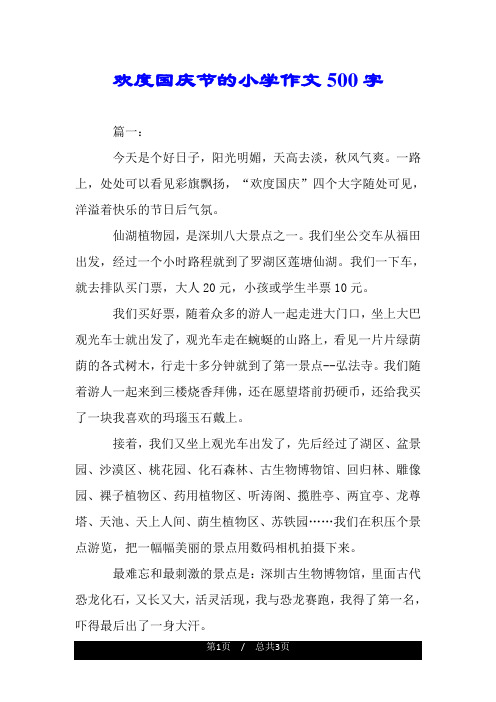关于保护野生动物的英语作文(Animal Protection Essay)
The Critical Role of Wildlife Conservation in Our Planet In the grand tapestry of life, wildlife represents a vital thread that connects all living beings. The preservation of these creatures is not merely an act of conservation; it is an essential responsibility that upholds our planet's delicate balance and secures its future for generations to come. This essay delves into the importance of protecting wildlife, exploring their significance in maintaining ecological systems, enhancing biodiversity, and promoting environmental sustainability. It highlights the impact of human activities on wildlife habitats, and discusses the various ways humans can contribute to their conservation. Firstly, it's crucial to understand that wildlife plays pivotal roles in maintaining the ecological balance of ecosystems. They serve as natural pollinators, seed dispersers, and predators. Without these animals, many plants and animals could go extinct, leading to irreversible damage to the delicate web of life. For example, pollination by bees ensures the reproduction of many plant species that are essential for food security and biodiversity. Similarly, the removal of top predators like lions or tigers could cause a chain reaction effect, leading to the decline of herbivores and other species dependent on them. Therefore, preserving wildlife habitats is vital for the survival and health of ecosystems. Secondly, biodiversity refers to the richness and diversity of life on Earth's planet. Biodiversity provides us with numerous benefits, from medicines derived from plant-based treatments to food sources. However, due to climate change, habitat destruction, and human activities, biodiversity is dwindling at an alarming rate. The extinction of species threatens the entire ecosystem, as some species may become oblivious to changes in their environment, making them vulnerable to predatory mammals or diseases. Hence, protecting biodiversity is imperative if we want to maintain our planet's health and resilience. Lastly, the preservation of wildlife promotes environmental sustainability by encouraging responsible practices in agriculture, forestry, and fishing industries. When people understand the value of wildlife habitats and how they are interconnected with the environment, they are more likely to adopt sustainable practices that protect these areas. For instance, planting native trees in farmlands or using organic farming methods can help reduce pollution and preserve soil fertility. Additionally, the sale of wildlife products such as furs or ivory has been prohibited globally to curb illegal trade and prevent further depletion of wildlife populations. By embracing these practices, we can ensure a better future for both nature and humanity. Now, let's consider the impact of human activities on wildlife habitats and explore ways humans can contribute to their conservation. One significant factor contributing to the decline of wildlife habitats is urbanization. Cities consume natural resources, such as water, air, and land, and often result in habitat loss due to construction projects and urban development. To mitigate this impact, we must prioritize green spaces and reforestation initiatives within city limits. Moreover, the overconsumption of natural resources through tourism and consumption patterns also affects wildlife habitats. Thus, it's crucial for individuals to adopt eco-friendly lifestyles and support sustainable tourism practices. Another critical factor in wildlife protection is the reduction of poaching. Poaching involves illegal trade in wildlife products, which leads to the extinction of species and disrupts the ecological balance. Governments should enforce strict laws against poaching to deter criminal activity. In addition, education campaigns and community involvement can play a significant role in reducing poaching. People need to understand the importance and consequences of poaching and work together to combat it. Finally, governments must invest in research and development of technology and innovation in wildlife conservation. Technology can aid in the monitoring, tracking, and restoration of damaged ecosystems. For instance, satellite imagery has been used effectively to monitor forest fires in Africa and detect poaching activities in Madagascar. Similarly, innovative approaches like genetically modified organisms can be used for disease control and pest management in wildlife populations. In conclusion, protecting wildlife is not only a moral obligation but a necessary step towards ensuring our planet's sustainability. Human activities such as urbanization, tourism, and poaching have negative effects on wildlife habitats, leading to species extinction and ecological imbalance. Therefore, we must take collective action and implement strategies to conserve our planet's biodiversity. By prioritizing green spaces, adopting eco-friendly lifestyles, supporting sustainable tourism, and investing in research and technological advancements, we can safeguard the future of our planet for ourselves and future generations.




